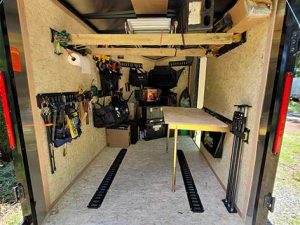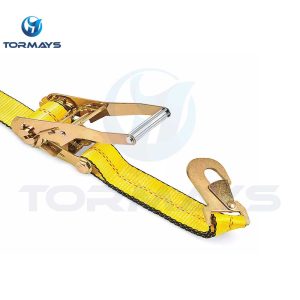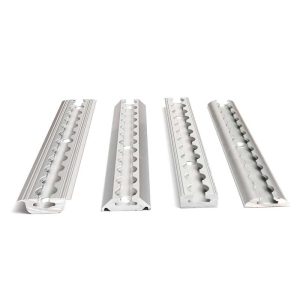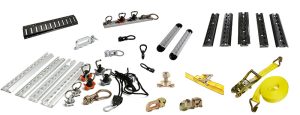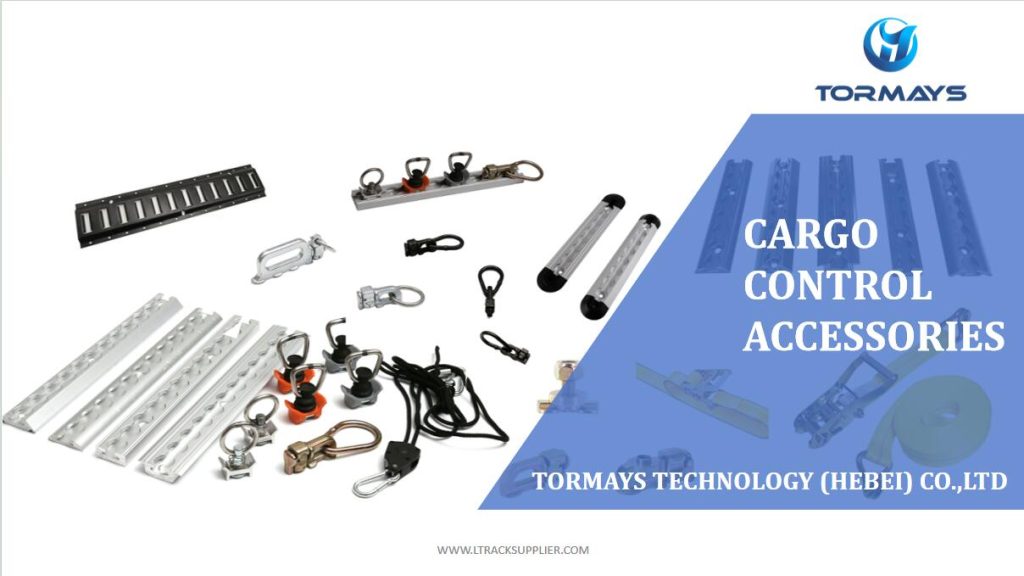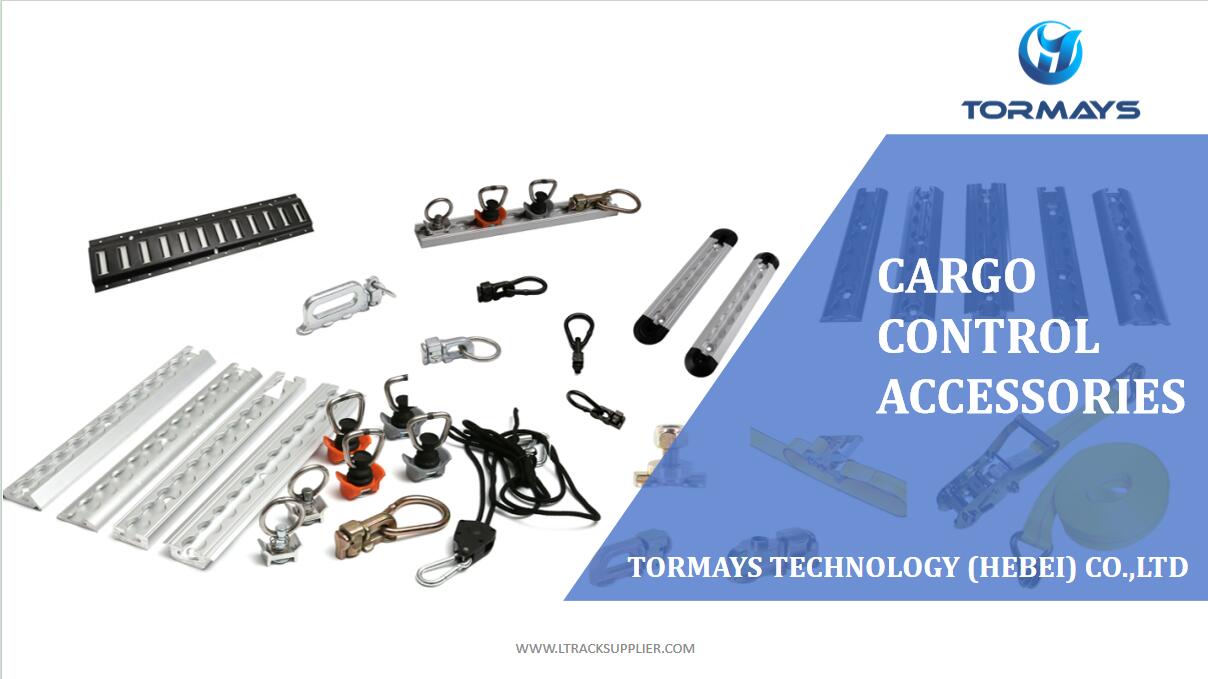When transporting cargo, safety and efficiency are top priorities. One essential piece of equipment for secure cargo transport is the utility lashing rail. This versatile tool helps keep cargo firmly in place, preventing costly damage and ensuring compliance with transportation regulations.
In this guide, we’ll cover everything you need to know about utility lashing rails, including types, uses, installation tips, and best practices.
What is a Utility Lashing Rail?
A utility lashing rail is a metal rail system, typically made of high-strength steel or aluminum, with evenly spaced holes or slots. These slots allow you to attach straps, hooks, or other securing devices to hold cargo in place during transport.
Utility lashing rails are widely used in various industries, including:
– Trucking and Transport
– Logistics and Warehousing
– Marine and Shipping
– Aviation and Cargo Planes
Their durable design ensures cargo remains secure, even during rough conditions or sudden movements.
Types of Utility Lashing Rails
There are different types of utility lashing rails designed for specific needs. Here are the most common types:
1. Horizontal Lashing Rails
– Design: Runs horizontally along the walls or floor of a vehicle or cargo container.
– Best Use: Securing cargo that needs side-to-side restraint, such as pallets or boxes.
– Material: Typically made from galvanized steel or aluminum for durability and corrosion resistance.
2. Vertical Lashing Rails
– Design: Mounted vertically along the walls of a container or vehicle.
– Best Use: Allows for height-adjustable cargo securing, perfect for stacked items.
– Material: Often aluminum for lightweight strength.
3. Combination Lashing Rails
– Design: Offers both horizontal and vertical slots.
– Best Use: Provides flexibility for various cargo configurations.
– Material: Strong steel construction for maximum durability.
4. Airline Tracks (L-Track)
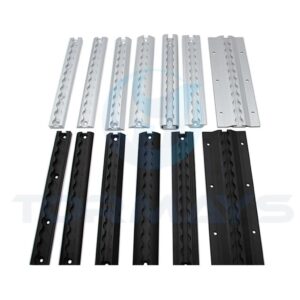
– Design: Features round holes for quick strap attachment.
– Best Use: Common in vans, trucks, and airplanes for flexible tie-down points.
– Material: Lightweight aluminum, ideal for weight-sensitive transport.
Benefits of Using Utility Lashing Rails
Using utility lashing rails offers several key benefits:
1. Enhanced Safety: Prevents cargo from shifting during transport, reducing the risk of accidents.
2. Versatility: Suitable for a wide range of vehicles and cargo types.
3. Durability: Made from strong materials like steel or aluminum, designed to withstand heavy loads and harsh conditions.
4. Compliance: Helps meet safety regulations and guidelines for cargo transport.
5. Efficiency: Easy to install and use, speeding up the loading and unloading process.
How to Install Utility Lashing Rails
Installing utility lashing rails correctly is crucial for their effectiveness. Follow these steps for a secure installation:
Tools You’ll Need:
– Power drill
– Screws or rivets (appropriate for the rail and vehicle material)
– Measuring tape
– Pencil or marker
Installation Steps:
1. Measure and Mark: Decide where you want to place the rail and mark the positions for drilling.
2. Pre-Drill Holes: Drill pilot holes to ensure precise alignment.
3. Secure the Rail: Attach the rail using screws or rivets. Ensure it’s firmly in place.
4. Test the Fit: Attach straps or hooks to the rail and apply pressure to confirm stability.
Best Practices for Using Utility Lashing Rails
1. Choose the Right Rail: Select a rail that suits your cargo type and transport needs.
2. Inspect Regularly: Check for damage or corrosion before each use.
3. Use Quality Straps: Pair lashing rails with durable straps and tie-downs.
4. Distribute Weight Evenly: Secure cargo evenly to avoid imbalances.
5. Follow Safety Guidelines: Always adhere to cargo securing regulations to ensure compliance.
Common Applications of Utility Lashing Rails
Utility lashing rails are used in various industries for different purposes:
1. Trucking: Securing freight in semi-trailers, box trucks, and flatbeds.
2. Vans: Holding tools and equipment in place for tradespeople and delivery services.
3. Marine: Keeping cargo secure in shipping containers on boats and ships.
4. Aviation: Managing cargo in cargo planes and military transport aircraft.
5. Warehousing: Assisting with organized storage in warehouses and distribution centers.
Conclusion
Utility lashing rails are a must-have for anyone transporting cargo. Their durability, versatility, and ease of use make them an essential tool for securing loads safely and efficiently. By choosing the right type of rail and following best practices for installation and use, you can ensure your cargo remains protected during transport.
Invest in quality lashing rails and securing equipment to keep your operations running smoothly and safely.
If you’re looking for reliable utility lashing rails or need advice on securing solutions, feel free to contact us for expert recommendations and high-quality products!

